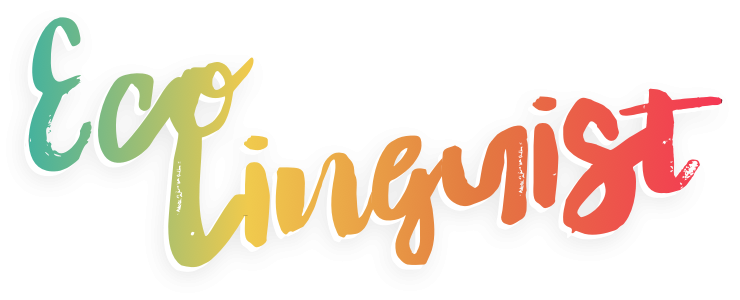If you’ve ever watched one of my videos, browsed Ecolinguist Academy, or received a reply from me, there’s a good chance that some part of it was touched by AI.
But before you imagine a robot running the show, let me explain — because what I do with AI isn’t about replacing creativity or pretending content makes itself. It’s about surviving (and hopefully thriving) as a solo creator trying to build something meaningful, multilingual, and very human.
So here’s a peek behind the scenes — the tools I use, why I use them, and how they help me do the work I actually care about — designing language learning experiences, hosting conversation labs, and connecting people through language.
(I’m always exploring new tools, so I may update this as things evolve.)
1. Making a Complex Vision Understandable
2. Writing the Website Without Burning Out
3. Finally Delivering Real Listening Practice
4. Making Multilingual Subtitles Possible
5. Onboarding Volunteers (Without Burnout)
6. Cleaning Up All the Messy Text
7. Visual Tweaks Without a Design Team
8. Fixing Audio Quality from Remote Recordings
9. Subtitle File Management (aka Saving My Sanity)
10. Staying Focused and Moving Forward
But What About AI Concerns?
A Note on the Bigger Picture
Latest from the blog
About the author
Norbert Wierzbicki



